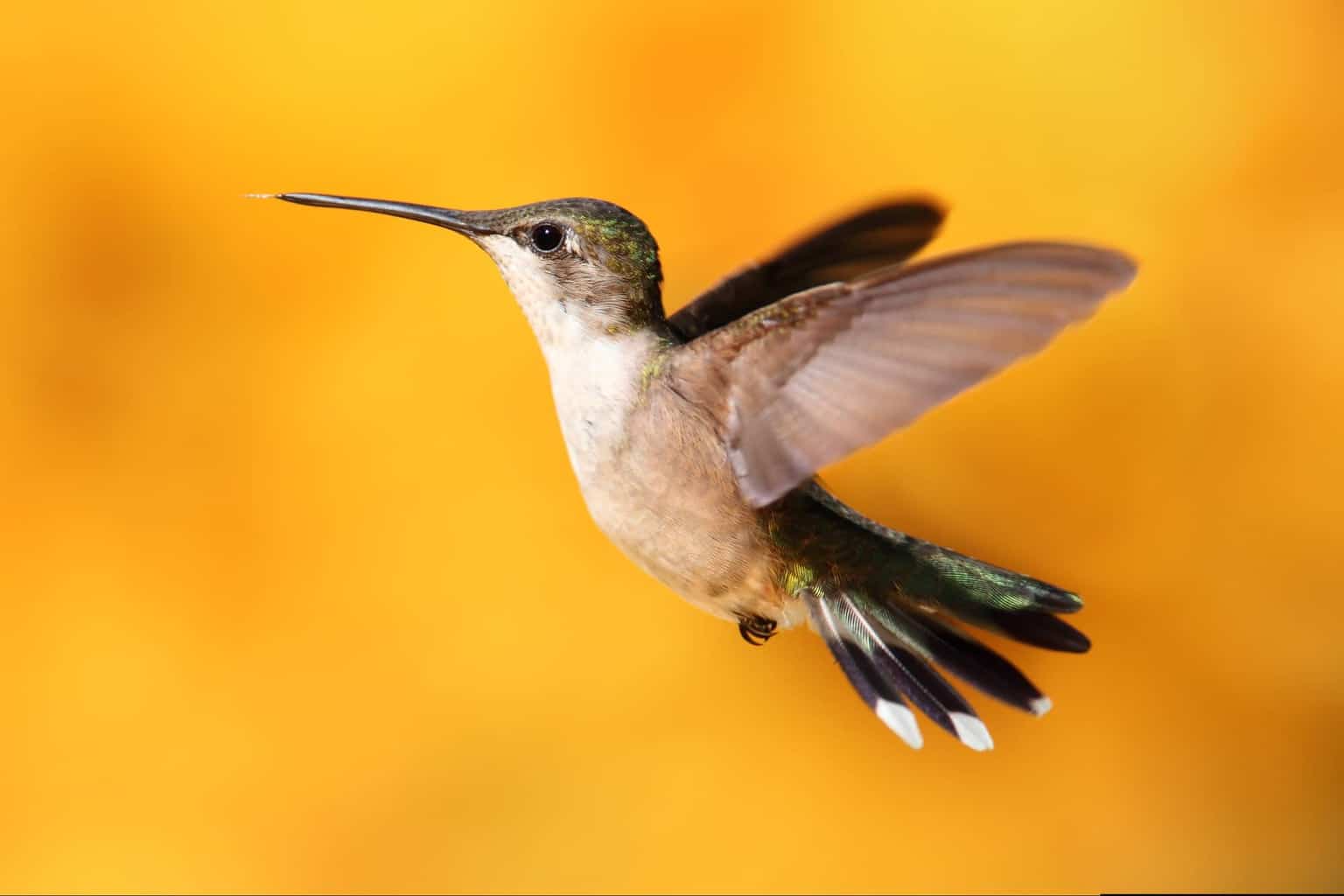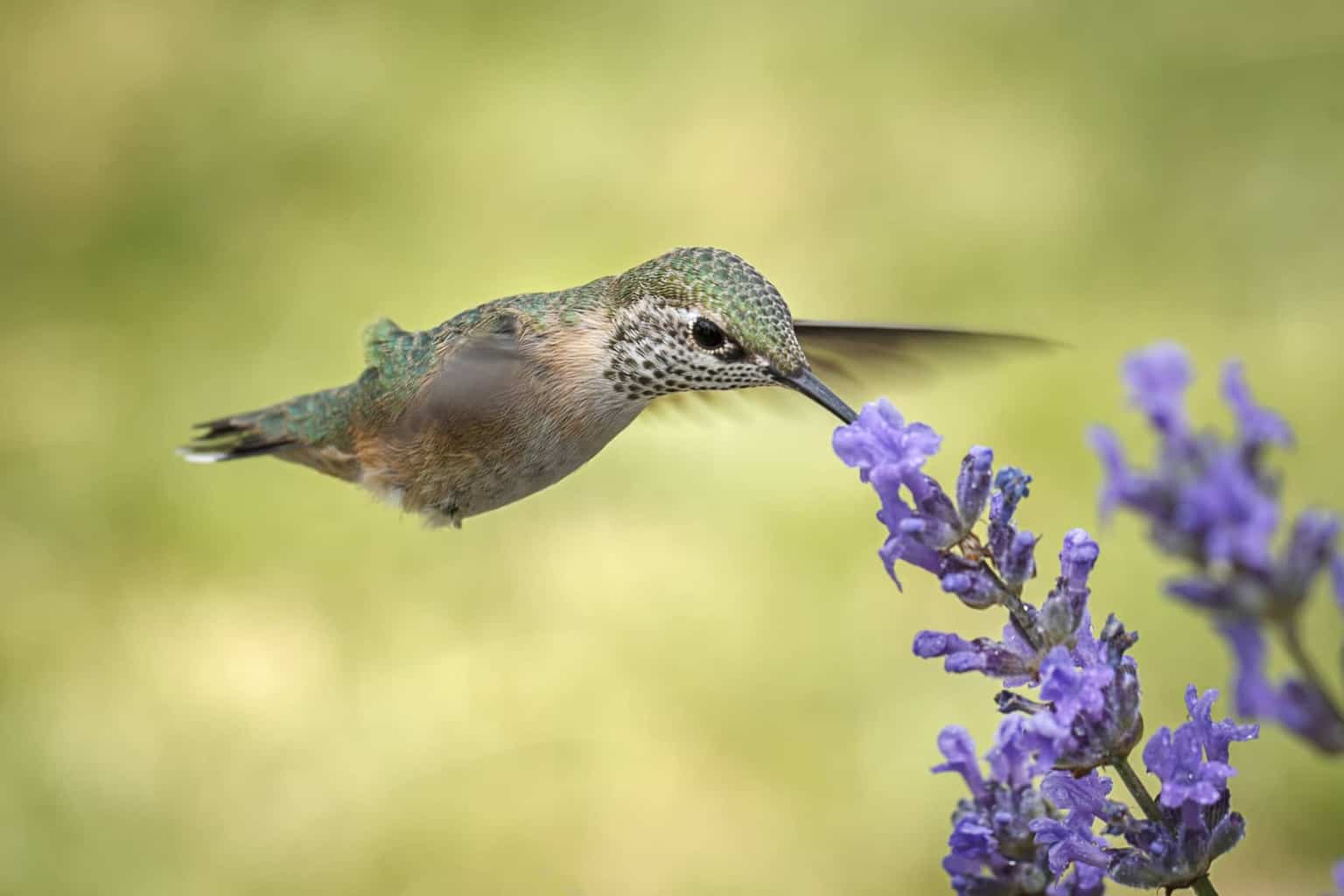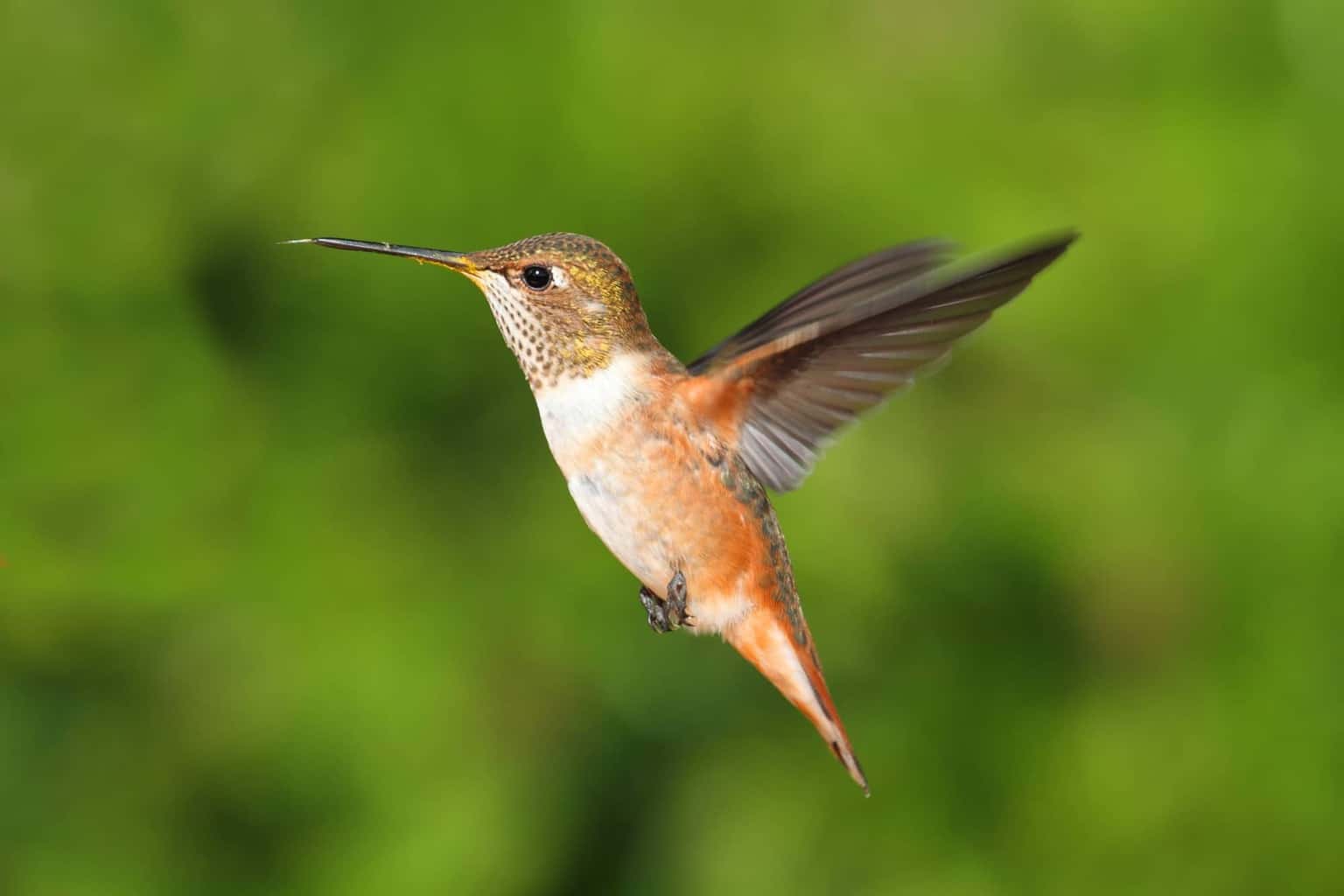Only about forty-eight miles long and thirty-seven miles wide, Rhode Island is the smallest state in the United States, and the first of thirteen colonies to declare independence from Great Britain — what the state lacks in size, it makes up for in character!
Home to over four hundred miles of coastline, the state is filled with historic charm, coastal vibes, and fascinating culture. From beaches, boating, hiking, and biking, there is something truly unique for every individual to enjoy.
For passionate birders on the lookout for feathered friends, Rhode Island does not disappoint. With over 400 bird species and a wide variety of native plants for them to feed on, you’ll have plenty of surprises, from the largest bird, the Osprey with a wingspan up to six feet, to the teeny-tiniest hummingbirds, including the native Ruby-throated hummingbird and the rare or vagrant visitors, the Calliope and Rufous hummingbirds.
Below, you’ll find a list of hummingbirds you can see in Rhode Island.
Ruby-Throated Hummingbird (Archilochus Colubris)

- Length: 2.8 to 3.5 inches
- Weight: 0.12 ounces for males and 0.13 ounces for females
- Wingspan: 4.1 to 4.3 inches
Description:
Ruby-throated hummingbird males display dark, black faces with an iridescent orange-red throat that tends to appear pretty dark in poor lighting. Also, they sport a gray-white chest, metallic green flanks and heads, and forked tails with a faint violet sheen.
Ruby-throated hummingbird females have plain to lightly marked white gorgets with dusky spots, streaks, and slight buff flanks. Also, their sides tend to be less brilliantly colored than the males, and they have notched tails, unlike the deeply forked tails of the males.
Additional Information:
Ruby-throated hummingbirds are the only native or breeding hummingbird central to Rhode Island, typically present in eastern breeding grounds of the state. These common hummingbirds usually arrive in the Spring, over a few weeks between late April and early May, and leave towards the end of September to early October.
While the Ruby-throated hummingbird breeds generally in secluded parks and natural areas, it is also a common guest among hummingbird feeders and you can easily lure them into your yard with native nectar-filled flowers or a bird bath. These beautiful birds can also be drawn in by homemade nectar feeders, tubular flowers.
These colorful summer birds are known for their aggressive behavior towards giant insects and other bird species. They defend their territory or food sources by displaying fascinating acrobatic dive displays to ward off these unwanted guests.
Ruby-throated hummingbirds accomplish an ongoing, 500-mile journey across Central America and the Gulf of Mexico during their spring migration and fall migration. Considering that these tiny, pugnacious birds weigh as little as one US penny, it’s a pretty impressive journey!
Calliope Hummingbird (Stellula calliope)

- Length: 2.8 to 3.9 inches
- Weight: 0.07 to 0.1 ounces
- Wingspan: 4.3 inches
Description:
Male Calliope hummingbirds sport glossy purple crowns and white throats with long iridescent red throat feathers that, when erected, display a “whiskered” effect. The males also have metallic, emerald green flanks and a dark tail.
The Calliope females display soft white underbellies and throats with dark streaks, a pinkish wash on their flanks, and dark tails with white tips.
Additional Information:
There are few Calliope hummingbird sightings, making them a rare winter visitor, occasionally found zipping around Rhode Island when they become lost during hummingbird migration season.
This violet-crowned hummingbird species is the tiniest in the United States, weighing less than a penny. Additionally, they are the smallest-bodied long-distance migrants worldwide and can flap their wings over 4,000 times per minute.
Male Calliope hummingbirds tend to defend their nesting territory vigorously while breeding, even from larger birds. However, they are generally well on their way to their wintering grounds in Mexico before the younglings hatch.
The Calliope’s common name comes from the Greek word that means “beautiful voice,” but quite ironically, they have fairly limited vocal ability.
Rufous Hummingbird (Selasphorus Rufus)

- Length: 3.5 inches
- Weight: 0.07 to 0.17 ounces
- Wingspan: 4.3 inches
Description:
Male Rufous hummingbirds display a beige underbelly, rusty, copper-orange rufous crown, back, and throat. However, about five to ten percent of males can show a greenish wash on their heads and backs.
Female Rufous hummingbirds have a green head and back, and a white, slightly speckled throat with an orange or red splotch. Females display buff chests and dark green tails with white tips and a rusty, rufous base.
Additional Information:
This medium-sized hummingbird is a rare sight in Rhode Island.
Be aware: Rufous hummingbirds are famous for their highly aggressive nature. They are fearless and will drive away other animals that pay a visit to their source of nectar, including other hummers, squirrels, and chipmunks.
The Rufous hummingbird song is a variety of high-pitched, chattering vocalizations used as part of its threat display. In addition, these aggressive birds will complete a series of dive displays and tail fannings to ward off unwanted guests.
As a part of their threat displays, they produce a variety of high-pitched, chattering vocalizations, dive displays, and tail fanning to ward off unwanted guests.
Despite their tiny bodies, Rufous hummingbirds have the longest migration routes of all bird species in the United States, traveling a whopping 2,000 miles from Alaska to Mexico and back.
Conclusion
Have you seen any of these three whimsical hummingbirds zipping around the park or your backyard? As a piece of advice, many avid birders recommend going to Miantonomi Memorial Park to get the best bird-watching spot for enjoying hummingbirds.
Of course, enthusiasts can always establish hummingbird gardens in their backyards with nectar feeders if their keen to spot these popular birds.
Don’t forget to take your camera, as while you’re snapping photos of these tiny birds, you may want to try to spot the ten woodpeckers’ homes in Rhode Island.

